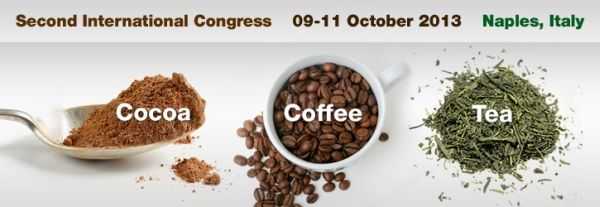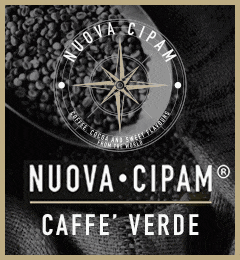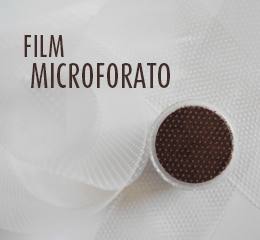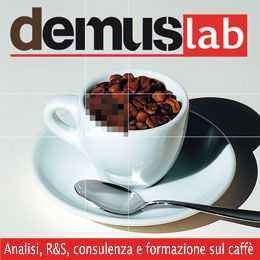Schieberle, P Chair of Food Chemistry, Technical University of Munich and German Research Center for Food Chemistry, Lise-Meitner-Strasse 34, 85354 Freising, Germany E- Mail: peter.schieberle@lrz.tum.de
The unique aroma of cocoa, the main ingredient of dark chocolate, is formed as a result of biochemical reactions during seed development, fermentation of the cocoa beans and, third, by complex thermo-conversion reactions inside the dried cocoa beans during roasting.
However, although the volatile fraction of cocoa has been investigated since about 100 years, and hundreds of components have been identified until now, there is still a lack in knowledge on the key aroma compounds responsible for the attractive aroma profile of roasted cocoa.
Furthermore, in particular, knowledge on odorless precursors, and on the biochemical and chemical formation pathways of key odorants during cocoa processing are scarcely available. This knowledge is, however, an important prerequisite to create the desired cocoa flavor during processing.
By applying state-of-the-art methods of molecular sensory science, first, the key aroma compounds in roasted cocoa of different origins were characterized and quantified. Then, the time course of the formation of selected flavor molecules during fermentation as well as during roasting was quantitatively monitored to allow differentiation between biochemical and thermal formation pathways.
On the basis of systematic model experiments, the role of polyphenols in the generation of Strecker aldehydes during fermentation as well as the role of Amadori compounds in the formation pathways of selected cocoa odorants were elucidated.
Finally, aroma generation during eating of chocolate was studied by application of PTR-MS measurements.















